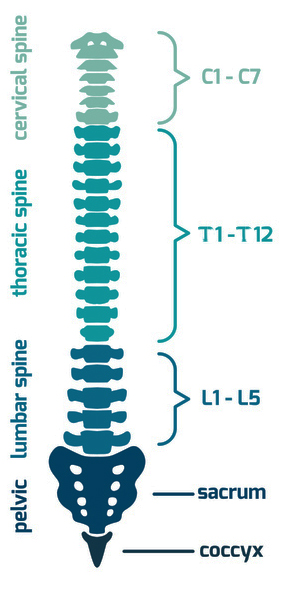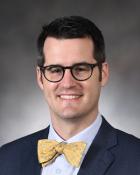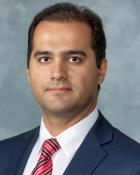Spine Surgery
The complexities of spinal surgery demand advanced technology and a medical team with diverse expertise like those found at UK HealthCare.
By bringing together orthopaedic experts and neurosurgeons of the Kentucky Neuroscience Institute, we offer our patients an advanced multidisciplinary approach to spine care. From tumors to injuries to less-common ailments such as scoliosis, our experienced physicians work hard to ensure that all patients receive high-quality, highly personalized care.
Anatomy of the Spine
 The spine consists of 33 vertebrae, including the following:
The spine consists of 33 vertebrae, including the following:
- 7 cervical (neck)
- 12 thoracic (upper back)
- 5 lumbar (lower back)
- 5 sacral (sacrum–located within the pelvis)
- 4 coccygeal (coccyx–located within the pelvis)
By adulthood, the five sacral vertebrae fuse to form one bone, and the four coccygeal vertebrae fuse to form one bone.
These vertebrae function to stabilize the spine and protect the spinal cord. In general, the higher in the spinal column the injury occurs, the more dysfunction a person will have.
Injury to the vertebrae does not always mean the spinal cord has been damaged. Likewise, damage to the spinal cord itself can occur without fractures or dislocations of the vertebrae.
Conditions treated
- Disc removal
- Cervical disc herniation
- Gliomas (including astrocytoma, oligodendroglioma, ependymoma, and ganglioglioma)
- High cranial cervical junction instability
- Minimally invasive surgery
- Neurofibromas
- Schwannomas (neuromas)
- Scoliosis
- Spinal cord herniation
- Spinal synovial or ganglion cysts
- Spine deformities
- Spine fractures and other spine injuries
- Spinal stenosis
- Spine tumors







